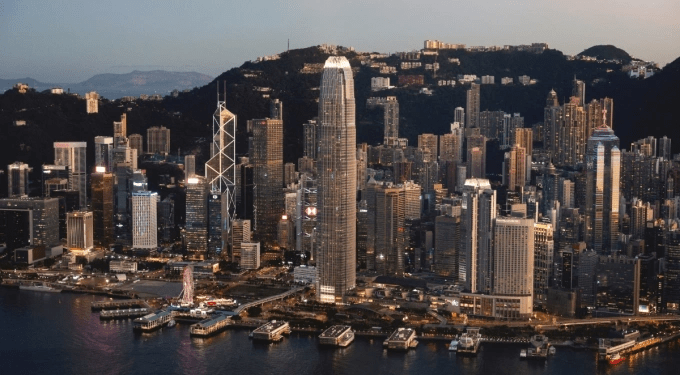
A general view of Two International Finance Centre (IFC), HSBC headquarters and Bank of China in Hong Kong, China, July 13, 2021. Photo by Reuters
Hong Kong and Tokyo were the only two Asian cities named in a ranking of the 10 cities with the most ultra-high-net-worth residents globally.
As of June 2025, Hong Kong has the second highest ultra-wealthy population in the world, with 17,215 residents each boasting over US$30 million in net worth. This marked an 11.5% year-on-year rise and up 22.9% since the start of the year, according to the World Ultra Wealth Report 2025 by wealth intelligence firm Altrata.
It also saw the fastest growth among major ultra-high-net-worth (UHNW) markets, driven by real estate reforms and strong equity performance, with the financial sector boosted by an influx of mainland Chinese firms seeking listings on the Hong Kong Stock Exchange, the report said.
In the first half of 2025, IPO valuations soared roughly eightfold to $14 billion, CNBC reported.
By contrast, Tokyo saw its ultra-wealthy population dip slightly to 6,940 as asset portfolios faced headwinds from strong inflation, political uncertainty, real estate pressures and exporters’ exposure to increasingly protectionist U.S. trade policy. It still ranked sixth on the list.
The remainder of the top 10 was all U.S. cities, led by New York with 21,380 ultra-wealthy residents. Los Angeles, San Francisco, and Chicago completed the top five. The U.S. not only dominates the list of leading cities but also makes up 38% of the global ultra-wealthy population.
The report noted that around 510,810 people across the globe qualify as UHNWIs and they controlled a combined $59.8 trillion in wealth.
It also detailed how the richest spend their money. They collectively shelled out $290 billion on luxury goods last year, with transportation accounting for the largest share.
Luxury brands have increasingly targeted this group and those focused on the wealthiest customers have generally outperformed companies with broader markets, Business Insider cited the report as saying.
Despite economic uncertainty and other disruptive forces, Altrata expects the global UHNW population and its combined wealth to grow steadily over the next five years. It projects 676,970 ultra-wealthy individuals by 2030, a 32.5% growth from mid-2025.





